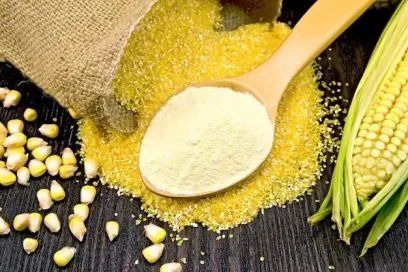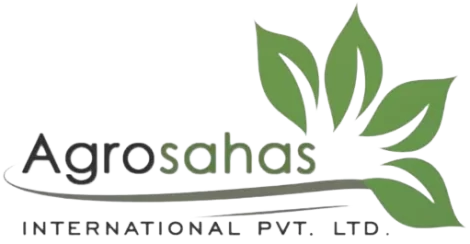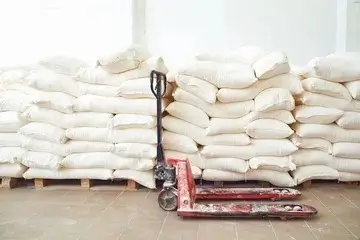Maize flour, also known as posho in Uganda, is a versatile staple that holds immense culinary potential. Whether you’re a seasoned cook or a beginner in the kitchen, understanding the basics of Kyekyo maize flour can unlock a world of delicious possibilities. In this beginner’s guide, we’ll delve into the power of Kyekyo maize flour, its uses, and some essential tips for incorporating it into your cooking repertoire.
What is Kyekyo Maize Flour?
Kyekyo maize flour is a finely ground powder made from dried maize kernels. It is commonly used in various cuisines around the world, particularly in Africa, where it serves as a dietary staple. In Uganda, maize flour is affectionately referred to as posho and holds cultural significance as a key ingredient in many traditional dishes.
How Much Flour Do You Get from Grinding 1kg Maize?
On average, grinding 1kg of maize yields approximately 900-950 grams of maize flour. However, the exact yield may vary depending on factors such as the moisture content of the maize kernels and the efficiency of the milling process.

How Much is a Kilo of Maize Flour in Uganda?
The price of a kilo of maize flour in Uganda can vary depending on factors such as location, brand, and market conditions. On average, a kilo of maize flour ranges from UGX 1,500 to UGX 3,000 in local markets and grocery stores across the country.
How Much is 50kg of Posho in Uganda?
A 50kg bag of posho, equivalent to maize flour, typically ranges from UGX 75,000 to UGX 150,000 in Uganda, depending on factors such as quality, brand, and market fluctuations.
What is the Price of Maize in Uganda Now?
As of today, the price of maize in Uganda fluctuates based on various factors such as seasonal variations, supply and demand dynamics, and market conditions. It is advisable to check with local markets or agricultural authorities for the most up-to-date pricing information.

Uses of Kyekyo Maize Flour
Kyekyo maize flour is incredibly versatile and can be used in a wide range of culinary applications. From traditional Ugandan dishes to international favorites, here are some popular uses of maize flour:
- Ugali/Posho: A staple in Ugandan cuisine, ugali or posho is a thick porridge made from maize flour and water. It pairs well with savory stews, vegetables, and meats.
- Baked Goods: Maize flour can be used to make a variety of baked goods such as bread, muffins, cakes, and cookies. Its slightly sweet flavor and dense texture add a unique twist to baked treats.
- Thickening Agent: Maize flour is often used as a thickening agent in soups, stews, and sauces. It imparts a rich, hearty consistency to dishes while enhancing their flavor.
- Batters and Coatings: Maize flour can be used to create flavorful batters for frying fish, chicken, or vegetables. It also works well as a coating for fried foods, adding a crispy texture and golden hue.
- Gluten-Free Alternatives: For individuals with gluten intolerance or celiac disease, maize flour serves as an excellent gluten-free alternative in baking and cooking.
Tips for Cooking with Kyekyo Maize Flour
- Proper Storage: Store maize flour in an airtight container in a cool, dry place to maintain its freshness and prevent moisture absorption.
- Mixing Ratio: When preparing ugali or posho, the ideal mixing ratio is one part maize flour to two parts water. Gradually add the flour to boiling water while stirring continuously to prevent lumps.
- Experiment with Recipes: Don’t be afraid to experiment with different recipes and cuisines using maize flour. From breakfast porridges to savory snacks and desserts, the possibilities are endless.
- Adjust Consistency: Depending on the desired consistency of your dish, you can adjust the amount of maize flour used. For thicker textures, add more flour, and for thinner consistencies, use less flour.
- Incorporate Flavors: Maize flour pairs well with a variety of flavors and ingredients. Experiment with herbs, spices, and other seasonings to enhance the taste of your dishes.
Conclusion
Kyekyo maize flour is more than just a kitchen staple; it’s a versatile ingredient that adds depth and flavor to a wide range of dishes. Whether you’re making traditional Ugandan cuisine or exploring international recipes, incorporating maize flour into your cooking can elevate your culinary creations to new heights. With its nutritional benefits, cultural significance, and culinary versatility, Kyekyo maize flour truly is a powerhouse ingredient worth exploring in your kitchen.
Unlock the power of Kyekyo maize flour today and embark on a delicious culinary journey filled with flavor, tradition, and creativity!




